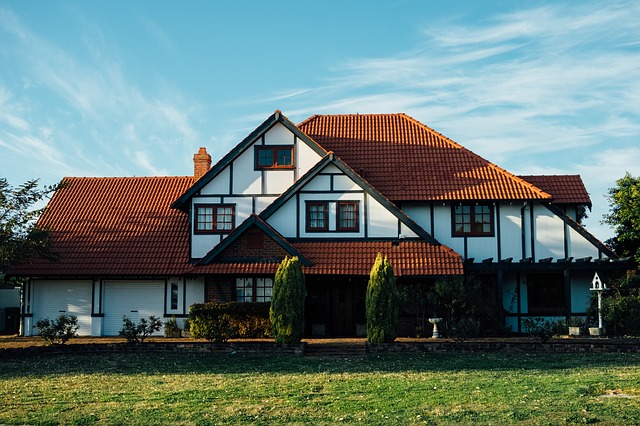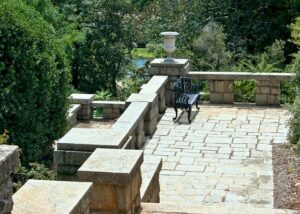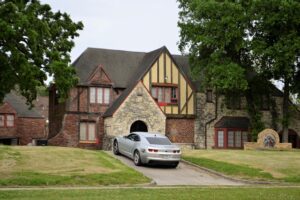Introduction
When it comes to using a garage for various activities, such as a workshop, home gym, or even a music studio, soundproofing becomes a crucial consideration. Soundproofing a garage helps to minimize noise transmission to the surrounding areas, ensuring a quieter and more peaceful environment. In this article, we will explore various methods and techniques to effectively soundproof a garage.
Insulation
Insulation: One of the primary steps in soundproofing a garage is to insulate the walls, ceiling, and doors. Insulation helps to absorb sound waves and prevent them from escaping or entering the space. Fiberglass insulation is commonly used for this purpose. It can be installed between the wall studs, in the ceiling, and even in the garage door.
Weatherstripping: In addition to insulation, using weatherstripping around the garage door can help seal any gaps or cracks that may allow sound to escape. Weatherstripping is typically made of rubber or foam and can be easily applied to the edges of the door.
Soundproofing Materials
Mass-loaded vinyl (MLV): MLV is a dense, flexible material that is effective in blocking sound transmission. It can be installed on the walls and ceiling of the garage to create a sound barrier. MLV is available in rolls and can be easily cut and attached using adhesive or nails.
Acoustic panels: Acoustic panels are designed to absorb sound waves and reduce echo within a space. They are made of sound-absorbing materials such as foam or fabric and can be mounted on the walls of the garage. Acoustic panels not only help with soundproofing but also improve the overall acoustics of the room.
Soundproof curtains: Soundproof curtains are thick and heavy curtains that are designed to block sound. They can be hung over windows or used as room dividers to minimize sound transmission. Soundproof curtains are an affordable and versatile option for soundproofing a garage.
Doors and Windows
Insulated garage door: Upgrading to an insulated garage door can significantly reduce noise transmission. Insulated garage doors have a layer of insulation sandwiched between two layers of metal, providing better sound insulation compared to non-insulated doors.
Sealing gaps: Ensuring that doors and windows are properly sealed is essential for effective soundproofing. Use weatherstripping or door sweeps to seal any gaps around the garage door. For windows, consider using double-pane windows or adding window seals to minimize sound leakage.
Structural Modifications
Decoupling: Decoupling involves creating a gap between the existing structure and the new wall or ceiling. This helps to prevent sound vibrations from transferring through the structure. Adding resilient channels or using sound isolation clips can achieve decoupling.
Soundproofing drywall: Soundproof drywall, also known as soundproof sheetrock, is specially designed to reduce sound transmission. It has a higher density compared to regular drywall and contains sound-dampening materials. Installing soundproof drywall on the walls and ceiling can significantly improve soundproofing.
Conclusion
Soundproofing a garage is essential to create a quieter and more comfortable space. By combining insulation, soundproofing materials, addressing doors and windows, and considering structural modifications, you can effectively soundproof your garage. Remember to assess your specific needs and budget to choose the most suitable methods for your situation.
References
– soundproofcow.com
– soundproofadvice.com
– hometips.com
– soundproofliving.com













